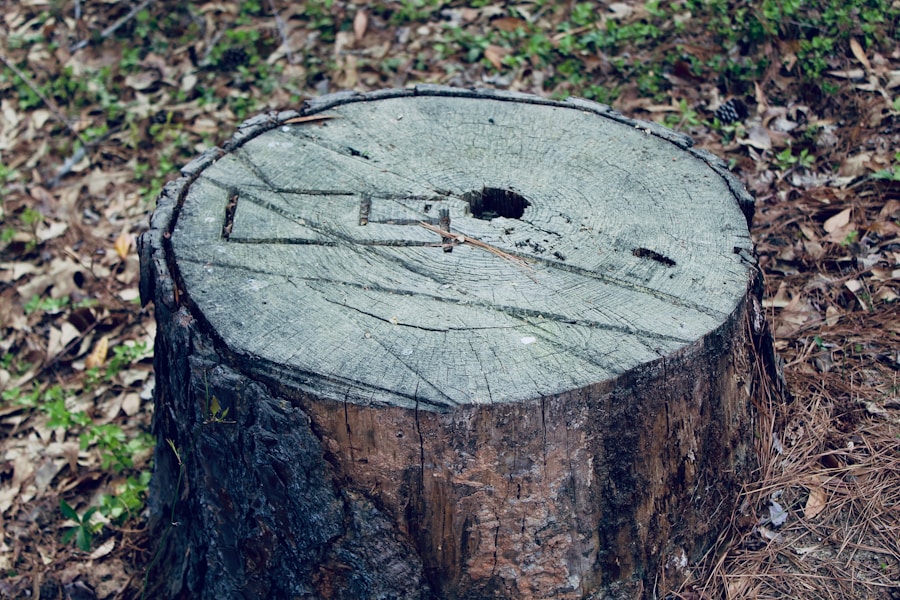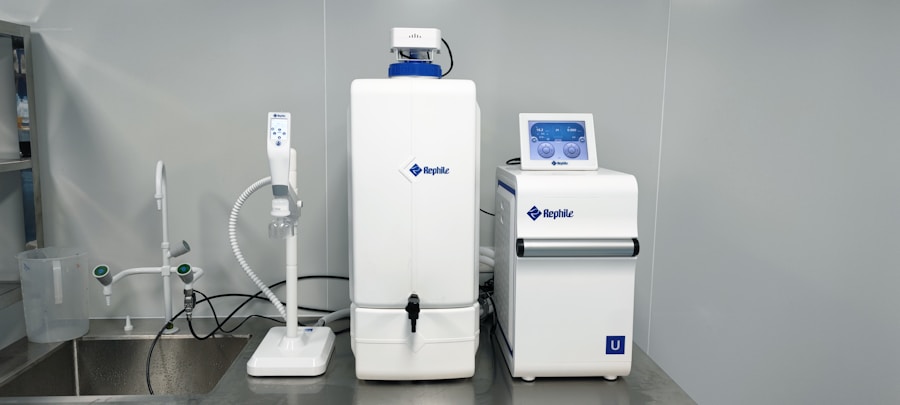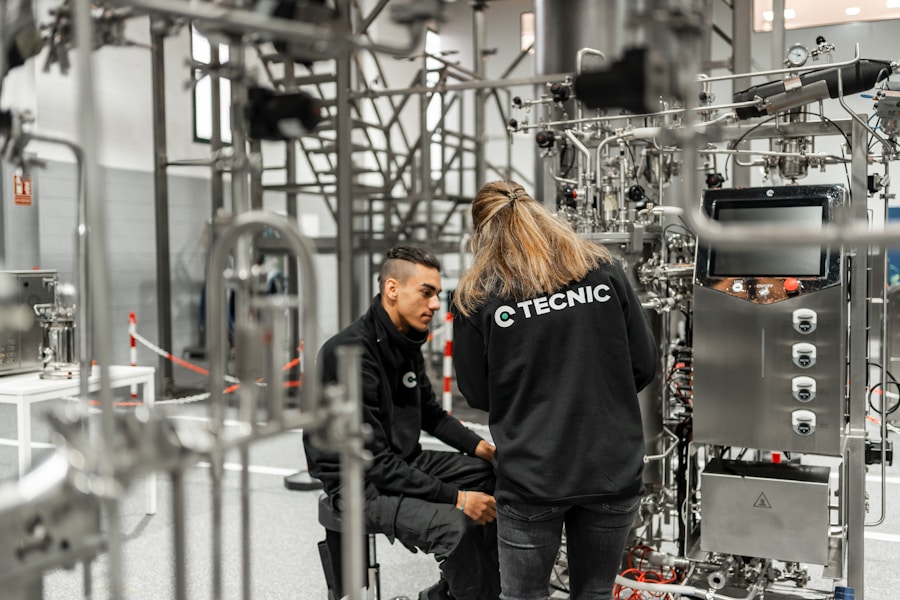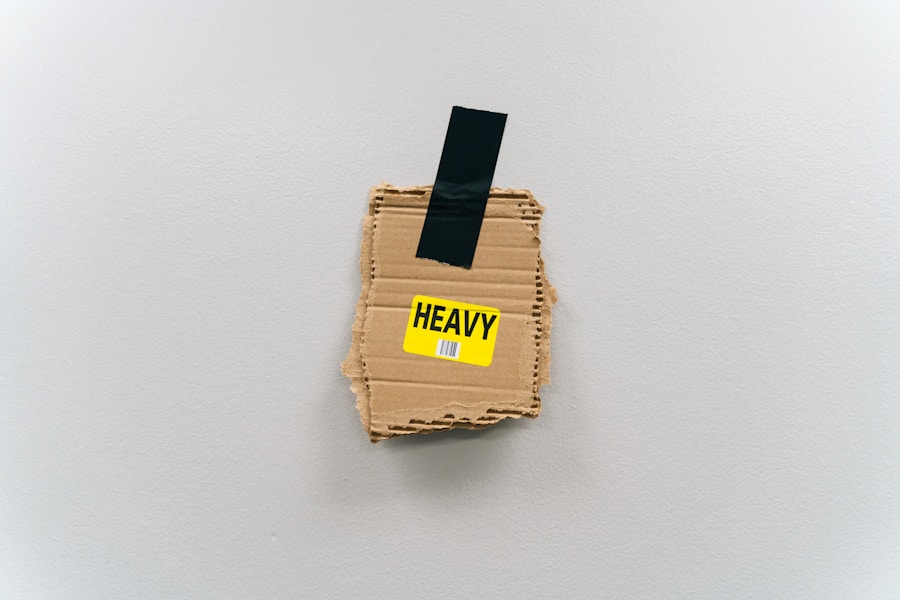Navigating the Legal Side of Care Home Moves: A Step-by-Step Guide
When it comes to the legal considerations surrounding elderly care, it is important to have a comprehensive understanding of the laws and regulations that govern this area. This includes understanding the rights and responsibilities of both the elderly individual and their caregivers, as well as any legal implications that may arise from the care provided. […]
Navigating the Legal Side of Care Home Moves: A Step-by-Step Guide Read More »









